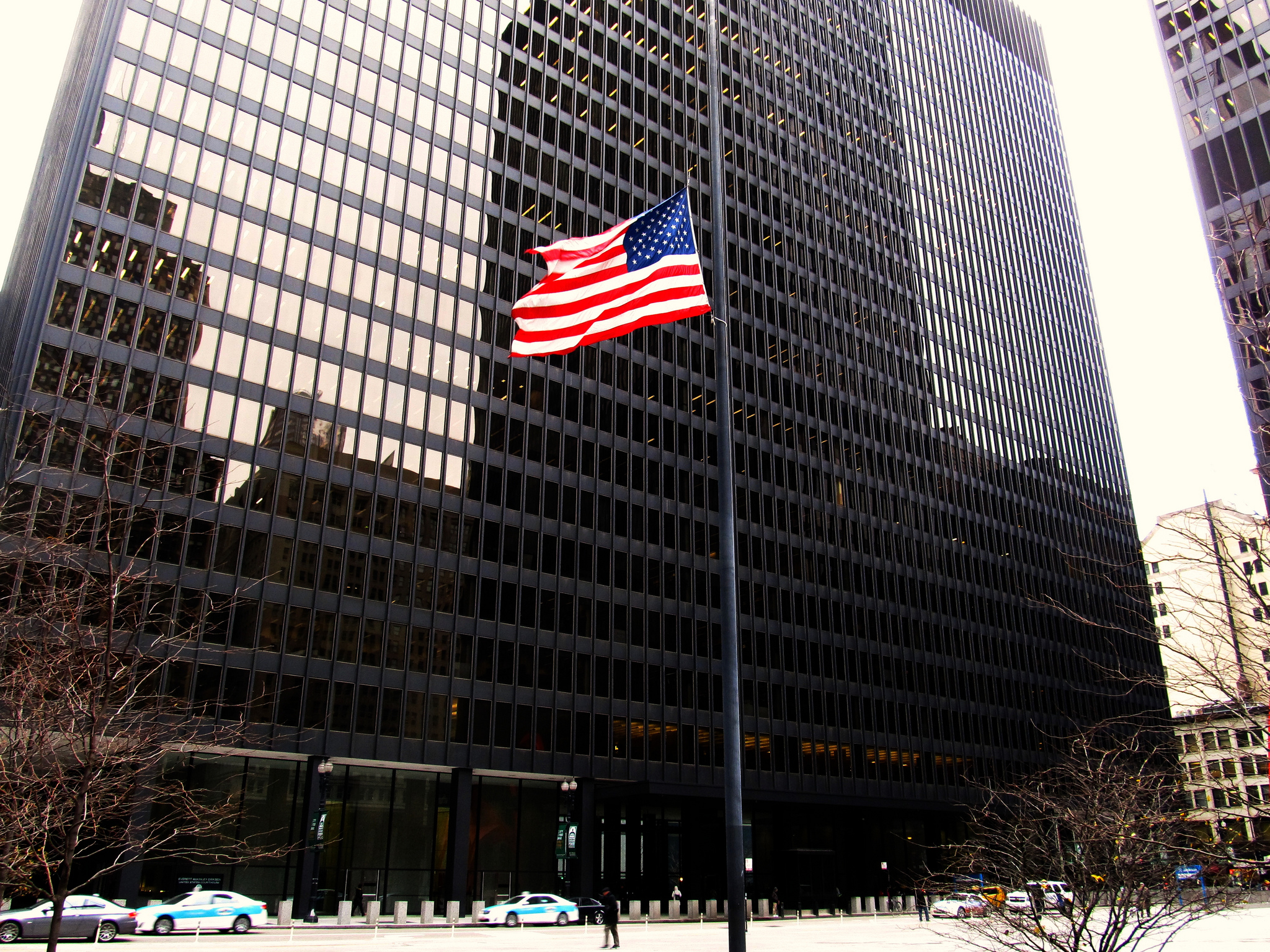By Alexander Dill
Clearing Corporation Charitable Foundation Practitioner in Residence
The nearly 600-page Republican bill to deregulate the financial markets moved forward in the House earlier this month, exiting the Financial Services Committee on May 4. Emboldened by the results of the 2016 election, the bill takes a considerably more aggressive approach than the original Financial Choice Act introduced in the last Congress. The next step is a vote by the entire House. The bill, following the approach used in other Congressional Republican deregulatory moves, “repeals” a law passed under the Obama Administration and “replaces” it with a market-based formula. By eliminating or modifying several Dodd-Frank and other provisions designed to address systemic risk, the Financial CHOICE Act v.2 promises never to allow a “too big to fail” bail-out again. However, despite the bill’s stated intentions, v.2 would increase the risk of bail-outs rather than eliminate, or even reduce, them. “Systemic risk” can be broadly defined as the risk of a collapse or extreme dysfunction of the financial system.
The following are some provisions either tagged for complete repeal or for repeal and replacement. The “Orderly Liquidation Authority,” which empowers the FDIC to wind down a large financial institution outside of bankruptcy, is to be replaced by a new chapter under the bankruptcy code. The Financial Stability Oversight Authority (FSOC), the council of top federal regulators overseeing systemic risk, would no longer be able to designate non-bank financial institutions as systemically important. V.2 completely repeals the Office of Financial Research, which assists FSOC in identifying future systemic risk. Last but not least, v.2 completely repeals the Volcker rule, which prohibits proprietary trading and risky investments. The rule has long been vilified by the banking industry.
V.2 would leave other systemic-risk provisions in place but in a significantly diluted form so long as financial institutions met a relatively straightforward 10% leverage ratio test, materially higher than certain of Dodd-Frank’s capital requirements but still too low in the view of many commentators. This “opt-out” feature, giving regulated institutions a menu of options, exemplifies the market-based approach of v.2. If a financial institution does not meet the 10% ratio test, it would be subject to the Fed’s stress testing but such tests would occur biannually rather than annually. Resolution plans, or “living wills,” which systemically important banks and non-banks must draw up for supervisory approval that specify how they will be wound down, would also be put on a biannual schedule. In addition, the Fed could no longer reject banks’ capital distribution plans (e.g., dividends and stock buybacks) based on the Fed’s qualitative assessment. Such assessments involve a level of discretionary authority that the banking industry has found unnerving and costly to comply with. New York University finance and law faculty have recently posted an excellent summary and critique of v.2.
The likelihood of the Financial CHOICE Act v.2 passing in its current form is not very high. It will likely pass the entire House but would face a firewall of Democrats in the Senate, where 60 votes are needed to bypass a filibuster. Nevertheless, v.2 is an opportunity for the greater public, beyond the politicians and academics who follow banking issues closely, to enter into a dialogue on the merits of both current and proposed financial market regulation. For example, a debate on some of the substantive merits of the “repeal and replace” healthcare bill has occurred, reflecting greater public understanding of the potential impact of the proposed repeal of certain coverage under Obamacare. Unfortunately, there is less likelihood of a robust public debate on the substance of v.2’s systemic risk regulation because its immediate impact on the average citizen is not as evident.
For my more detailed take on deregulatory proposals, including v.2, here are slides from two presentations I gave at the Harris School of the University of Chicago earlier this month:
Lecture 1: Ensuring Financial Market Stability
Lecture 2: Information Asymmetries in the Capital Markets



Leave a Reply